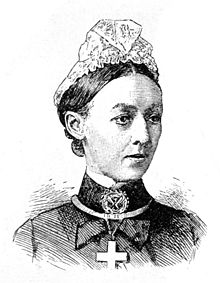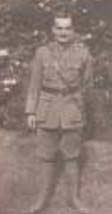| SCHARLIEB Chart 0500 |
![]()
|
married 19th December 1865 registered December quarter 1865 Salford district Lancashire |
||
1 |

|
2 MARYANN DACOMBE BIRD (DAME) (DR) (JP) (C.B.E.) born about 13th June 1845 Dalston, Middlesex baptised 13th July 1845 Walthamstow Essex occupation 1891 Duly Regd Practioner Consultory Physician widow on the 1891 Census died 21st November 1930 registered December quarter 1930 Marylebone district London Aged 85 |
|
Mary Ann Dacombe BIRD (Dame) (Dr) (JP) C.B.E. |
||
| 3 William Karl SCHARLIEB known after 1914 as William SHIRLEY born about 11th December 1866 Madras, India died 26th March 1930 Cannes, France Aged 63 married Ida Mary De La Cour CORBETT |
4 Herberb (Herbert) John SCHARLIEB known after 1914 as Herbert John SHIRLEY C.M.G., M.D., F.R.C.S. born about 1869 India  died 14th May 1943 Marylebone, London registered June quarter 1943 Marylebone district London Aged 74 as SHIRLEY married September quarter 1899 Redruth district Cornwall Edith Mabel TWEEDY |
5 Mary Ethel Sim SCHARLIEB born about 1871 Madras, India occupation 1891 Arts Student 1901 Medical Student died 31st May 1926 registered June quarter 1926 Marylebone district London Aged 55 |
|
The idea of these charts is to give the information that we have found in the research we have done and put together and with the help of many other people who have contacted us over the past thirty odd years we have been researching our family. The idea is that you click on the Chart box in blue to be taken to the next family. There is now a large number of charts to be found and connections can be made to all the main families I am researching. If a chart has a box with the standard background it means that as yet I have not put the Chart on the Web.
To conform to the Data Protection Act
all the Charts have been altered to exclude all details for living
people other than the name.
![]()
If you have comments, alterations, corrections, amendments etc. please follow the details to be found on the Home Page to contact me.
Last updated Saturday, October 20, 2012 09:34